The pandemic prompted a workplace shakeup, shining a spotlight on employee wellness
Amy Blankson offers tools that can boost happiness as we enter a new world of work

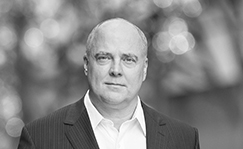
Hugh Verrier
Chair
In 2022 uncertainty took hold as inflation, volatile markets and a geopolitical conflict added to the challenges set in motion by the COVID-19 pandemic. In a world of shifting expectations and norms, we focused on creating a distinctive experience for our clients, consistent with the five-year strategy we launched in 2020. This North Star guided our global teams as they developed and executed innovative solutions on high-stakes deals, disputes and pro bono matters.
Our client work placed us at the center of global trends related to energy transition, environmental, social and governance (ESG) issues, finance and globalization. We contributed to the dialogue on these issues with published insights including “Scaling up the energy transition,” a report based on a survey that explores how capital providers and companies are setting priorities, staying competitive and managing risk. Through our COP27 video series, we explored themes raised during the annual climate conference and their potential impact on business and industry.
In regions around the world, we increased our capacity to serve clients, promoting 59 new partners and welcoming 39 lateral partners. We developed new ways of working with clients, increasing efficiencies and ensuring consistency. These initiatives included our Debt Finance Solutions Team, which leverages legal technology and other resources to handle certain types of routine work, and our Client Experience Blueprints, a series of tools that codify our global best practices for working with clients before, during and after a matter.
We continued to focus on building a more diverse and inclusive workplace, significantly expanding our diversity data collection efforts so we can quantify our progress. Our people benefited from new and expanded coaching programs, and we took concrete steps to empower our associates, focusing on work allocation, skills development and leadership opportunities.
This review discusses these and other accomplishments and initiatives that made a difference to our people and our clients in 2022. Together we face the future positioned for success.
Guest speakers at Firm events share views on timely topics
Amy Blankson offers tools that can boost happiness as we enter a new world of work

Kenneth Cukier talks about the process that can lead to breakthroughs and help us tackle novel challenges

Antonio Zappulla talks about how TrustLaw tackles some of the world’s biggest challenges

Developments that reshaped the world
The focus on achieving net-zero emissions by 2050 remained a priority for governments, investors and energy companies

Addressing ESG factors became “the new normal” for investors and businesses

Activity across debt and M&A markets slowed as rising interest rates and high inflation saw investors, borrowers and lenders recalibrate risk appetite
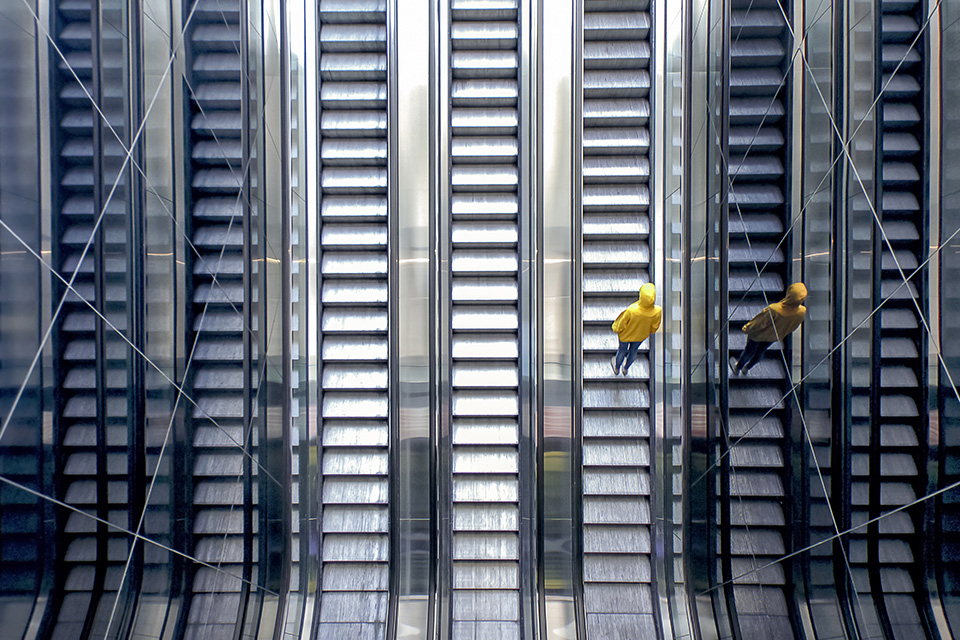
Around the world, legal and regulatory developments continued to reshape global interconnectedness

Highlights of our work in 2022
Our achievements position us for success
US$2.83 billion in revenue
2,616 total lawyers
Meet the outstanding generation of talented lawyers who strengthened our Firm in 2022
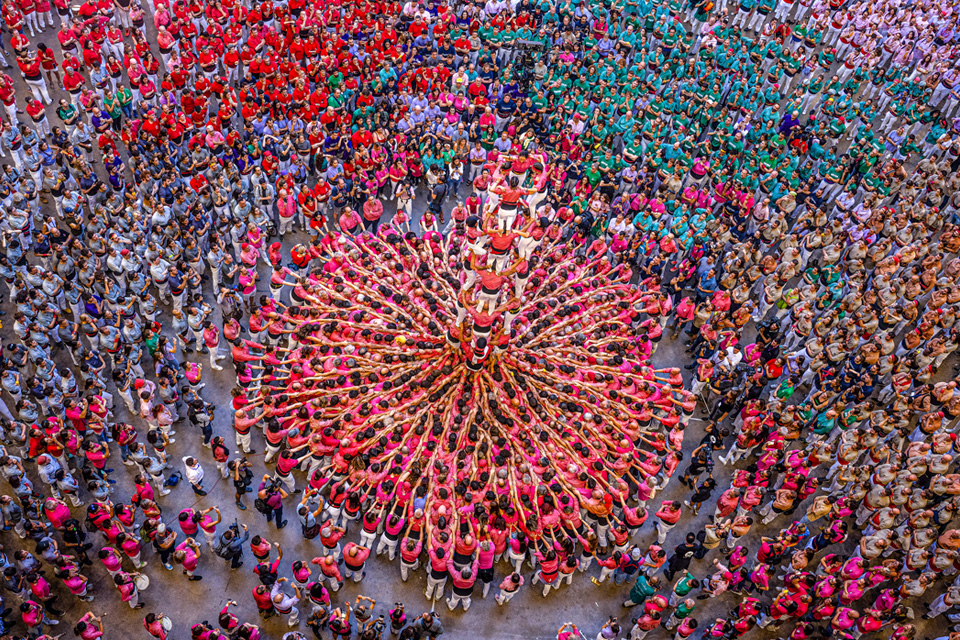
In markets around the world, White & Case earned many of the legal industry’s top accolades

White & Case is committed to fair and ethical operations that respect human rights and recognize the importance of our natural environment.
As a signatory to the UN Global Compact, we affirm our commitment to doing business responsibly by supporting the Compact’s ten principles on human rights, labor, the environment and anti-corruption. The steps we are taking to continue to embed these principles into our Firm are outlined in our most recent Communication on Progress.
Our latest Environmental Sustainability Report includes information on our environmental policies, footprint, key actions and goals.
Committed to advancing diversity and inclusion across the Firm
11 global affinity networks
Our 11 affinity networks foster a sense of community among the Firm’s Black, Asian, Latinx/Hispanic, Middle Eastern, minority ethnic and LGBTQ+ lawyers, business services professionals and their allies. Each network sets its own agenda, initiatives and goals, which are specific to the issues it considers most important. Affinity networks create and enhance awareness of these groups within the Firm and its larger culture, drive community and connection across our global offices, and support their members with career and professional development opportunities.
25 local women’s networks
Our 25 local women’s networks are active in 40 offices across the Americas, EMEA and Asia-Pacific. These networks foster professional development and mentoring activities. They also provide a forum for our lawyers and business services professionals to share perspectives and create programs to support and retain our women while fostering and promoting gender equity.
49%of our lawyers self-identify as of color
28%of our partners self-identify as of color
43%of our lawyers self-identify as of color
27%of our partners self-identify as of color
118nationalities
95languages spoken
Leading publications and alliance organizations continue to recognize our commitment to diversity and inclusion

Helping our colleagues to reach new heights
Committing to growth opportunities for colleagues in wide-ranging roles
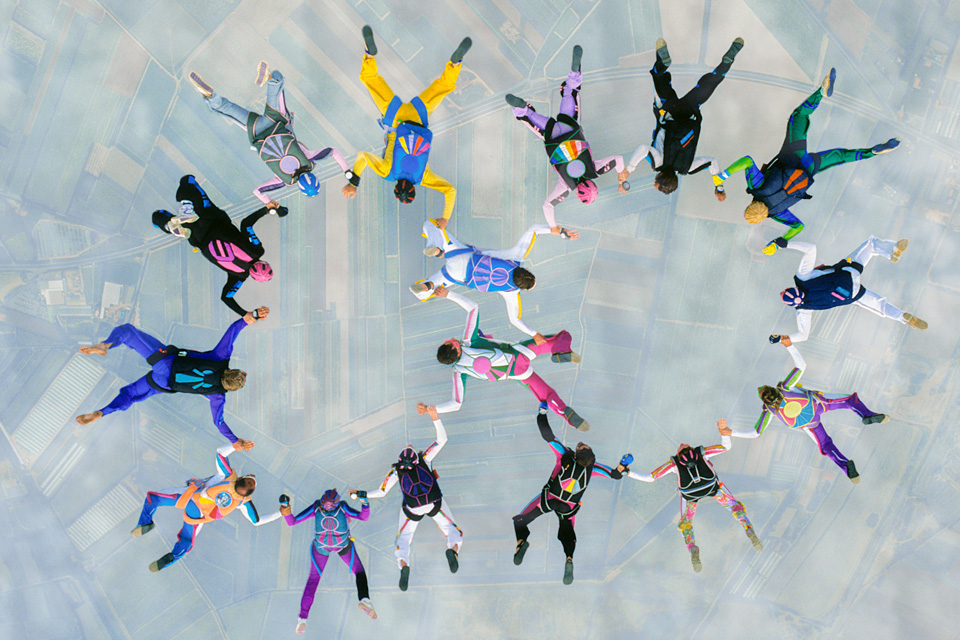
Recognizing the value of our lawyers as they start their careers

Focusing on consistent application of best practices

Leveraging technology to streamline routine work and enhance client service

Collaborating to effect change and build strong connections
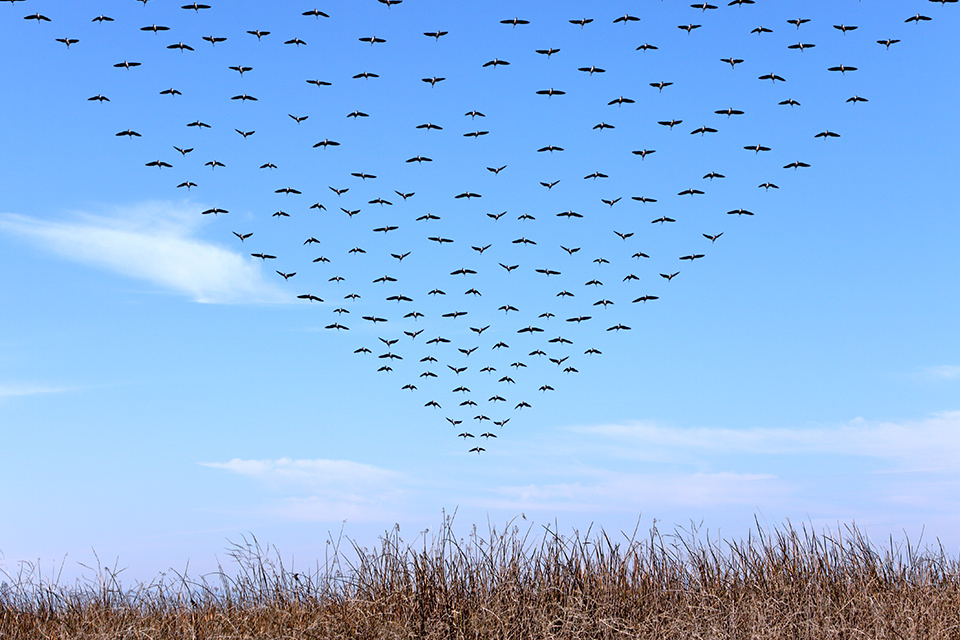
Visuals by Roman De Giuli
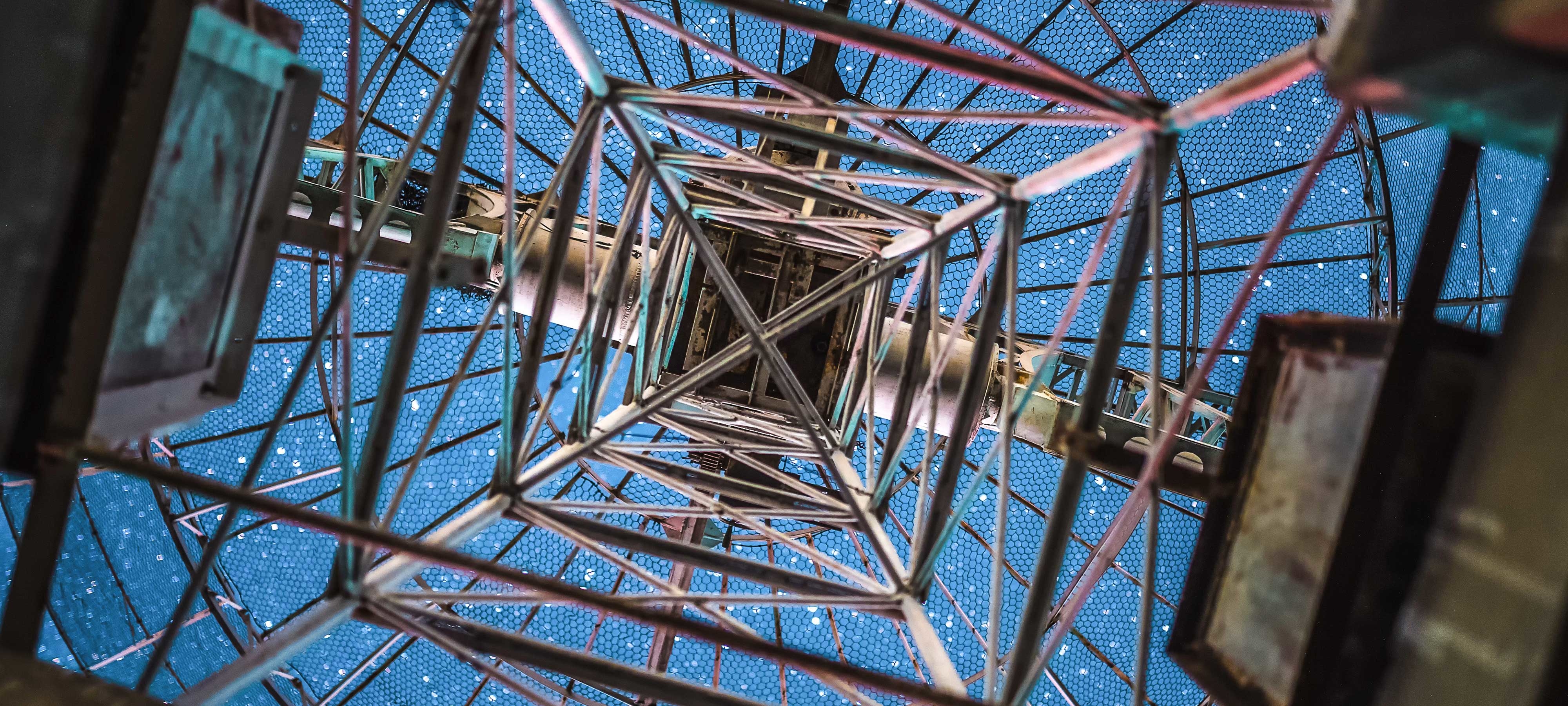
Kenneth Cukier, deputy executive editor of The Economist, writes and speaks about technology and society. He co-authored, most recently, Framers: Human Advantage in an Age of Technology and Turmoil, which explores human beings’ unique ability to choose and apply mental models, or frames, to solve problems. Cukier spoke to the Firm in December 2022 during a webinar series that covered digital and green transformations.
We talked to Cukier about the frames we use every day, the advances our framing skills have made possible and the dangers of relying solely on data—or emotion. An edited and condensed version of that conversation follows.
Your book makes the case that humans have the unique cognitive ability to frame issues or problems. What does the word “frame” mean in this context?
Frames are mental models we choose and apply in different situations. They allow us to see patterns, generalize and make abstractions that apply to other circumstances so we don’t have to relearn everything from scratch. People can look at the same situation and see different things because they frame it differently.
What are some well-known frames?
Democracy is a frame, as is monarchism. Religion, secular humanism and the rule of law are all frames. In business, lean manufacturing is a frame. Frames can be simple or sophisticated, accurate or imprecise, good or evil. But they all capture some aspect of reality, helping us to explain, focus and decide.
How has the importance of framing—or reframing—been demonstrated over time?
The best example is the change in theories of planetary motion. For millennia, people thought the planets revolved around the Earth since that is what it appears like from our vantage point. They also placed Earth at the center, which aligned with our sense of preeminence. It took a radical reconceptualization to envision things from the perspective of being in space, not on planet Earth, and living on just one of several planets orbiting the sun. It entailed a shift in how humans saw themselves, not only how planets moved.
What’s a more recent example?
We can look at the history of green innovation. In 1900 a third of all automobiles were electric. But the rapid evolution of the internal combustion engine caused electric cars to quickly fall behind. For over a century, the mental model of a car was synonymous with a gas-powered motor. A slew of inventors and businesses tried—and failed—to revive electric cars, which had poor acceleration, speed and range. But then, when the timing was right, Tesla revived the mental model, or frame, for the electric car. Electric motors had become more efficient, battery technology had improved and computers had advanced enough to manage an electric vehicle. And the public perception of gasoline-powered cars had started to change. In the latter half of the 20th century, people had equated cars with personal freedom. Yet at the start of the 21st century, cars were regarded as contributors to climate change.
You’ve said we need good framers now more than ever, but the world has always faced challenges. Why is our particular time different than any other?
In some cases, the 21st century has many of the same problems we’ve always had but at a more dangerous scale. In other cases, we face novel problems. We could see the misinformation around viral outbreaks as a scale problem and climate change as a novel problem. The obvious answers don’t work: Tell people the facts and stop using fossil fuels. Yet people are suspicious of facts outside their lived experience, and society’s functioning and economic well-being depend to some degree on fossil fuels. So we need to reconceptualize the situations to come up with new answers. For example, we might appeal to emotions, not facts, to fight misinformation—maybe by using celebrity influencers. And we could view protecting the environment not as a virtuous act but as an economic imperative by making green energy cheaper than fossil fuels.
Despite the merits of framing, you say that belief in its power is under threat. What’s going on?
We live in an age of extremism dominated by two archetypes that are imperfect but useful when considering how people size up the world. On the one hand, we have the hyperrationalists, who believe we can rely exclusively on data and algorithms to solve our problems, bypassing human framing in favor of artificial intelligence. On the other hand, we have the emotionalists, who believe we should rely more on our gut feelings and emotions and less on analytical reasoning. When it comes to making decisions, there are times when either of these approaches can work. But there’s a better alternative, which is to hone our ability to see situations and be deliberate about the way we frame or reframe solutions.
What, if anything, can we do to become better framers?
The technique I find most useful is envisioning a situation before it takes place and in a structured way mentally playing with a range of alternative scenarios and responses. Professional athletes and elite commandos do these mental rehearsals before a competition or mission, and the practice has moved into the C-suite as something top executives do. It lets you experience doing something hundreds of times before the moment in reality when it counts most. For big decisions, this can include making a “postdiction,” which is like a prediction but presumes the decision was made and was disastrous. That creative critique as you think about what you missed is valuable.
Photo by Haitong Yu © Getty Images
The sky seen through a radio telescope antenna